*웨어하우스 리모델링 [ smartvoll ] Handelszentrum 16
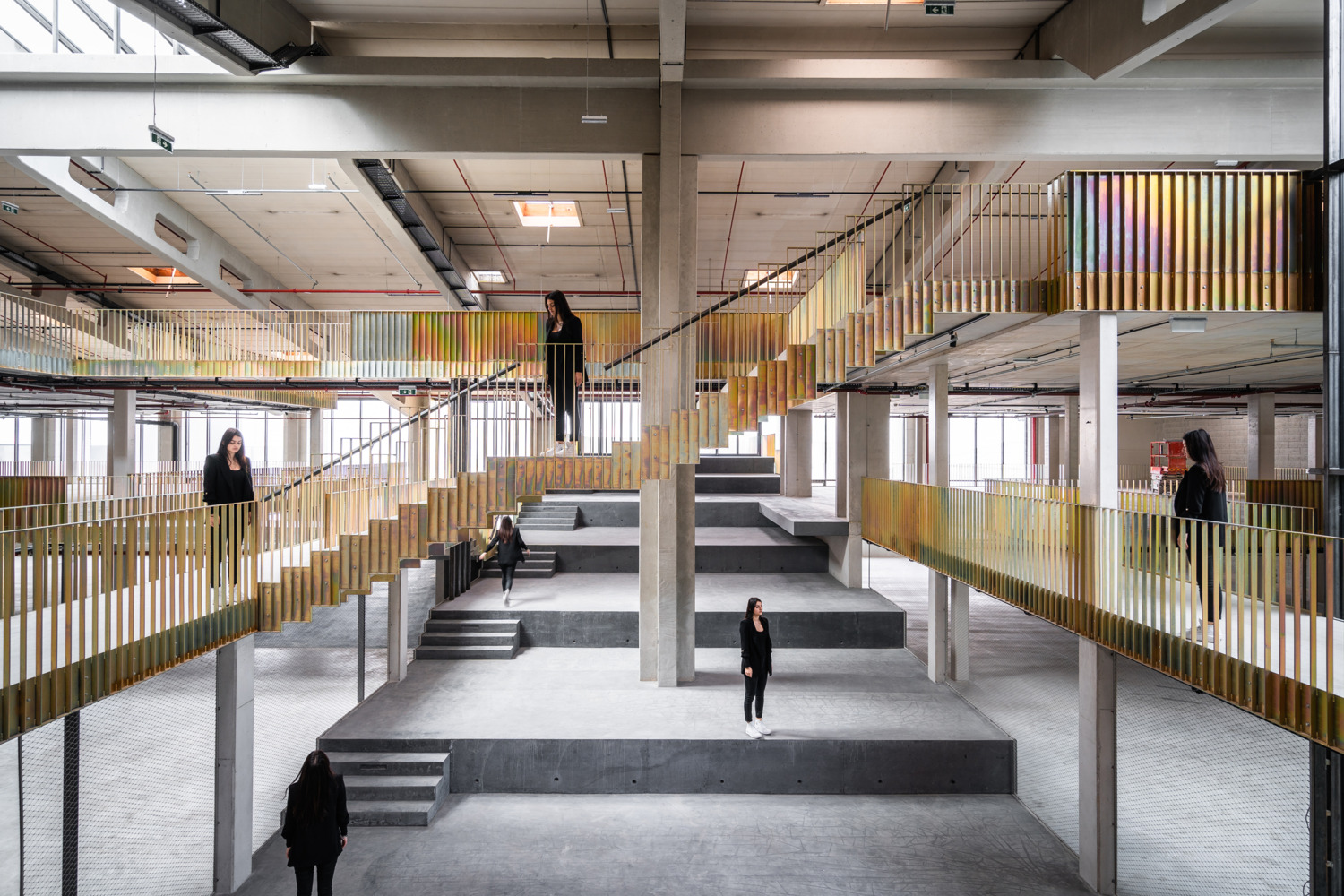
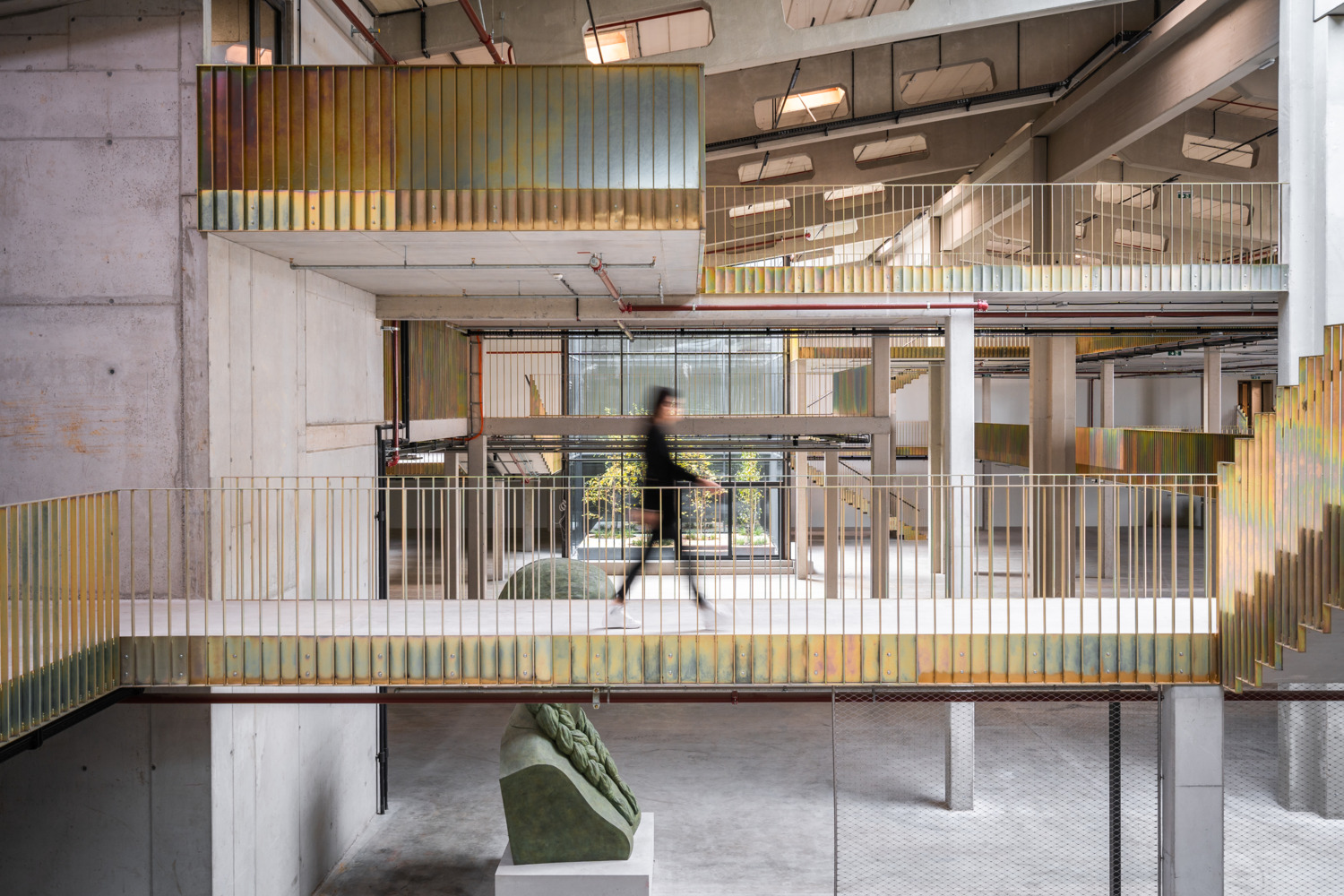 |
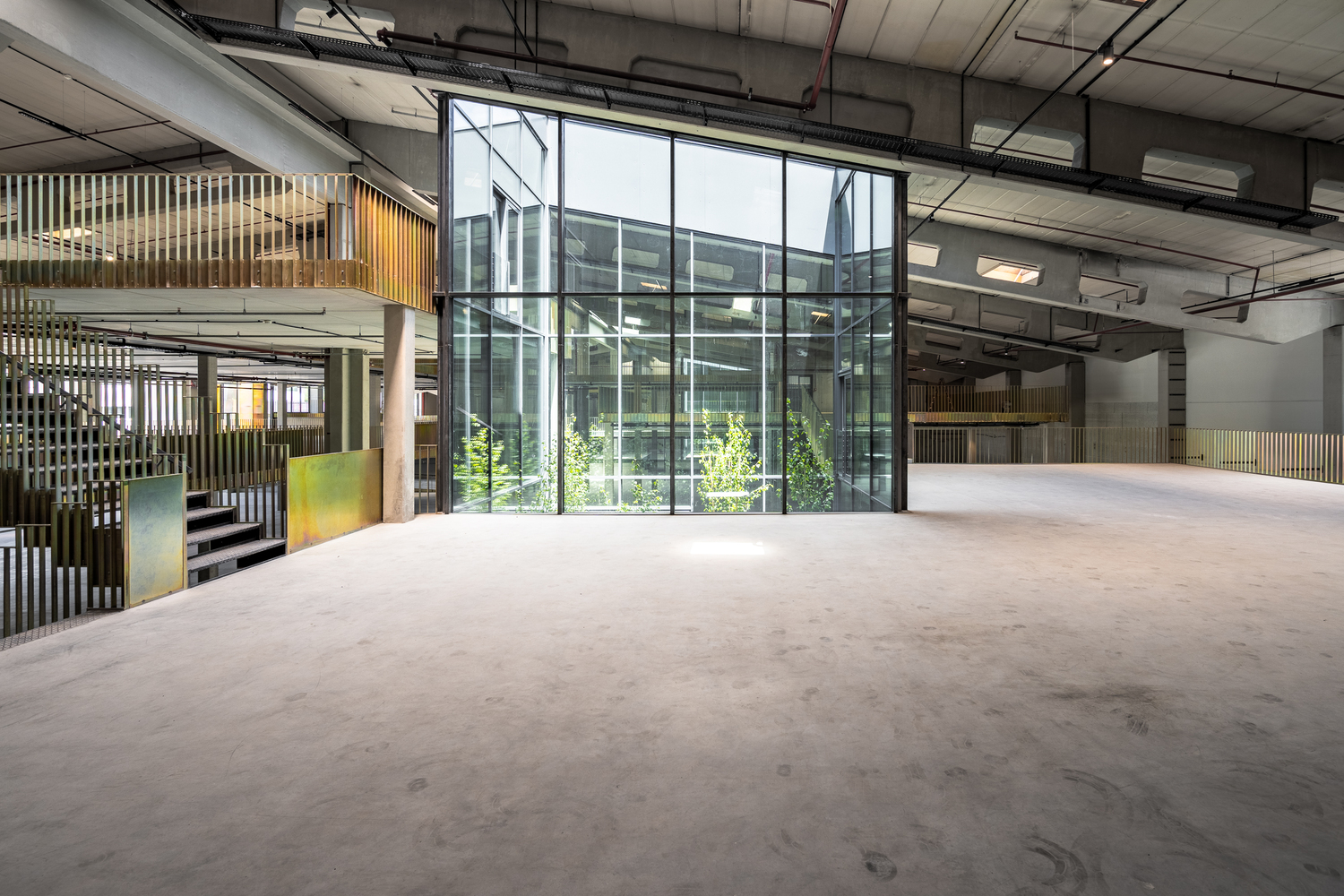 |
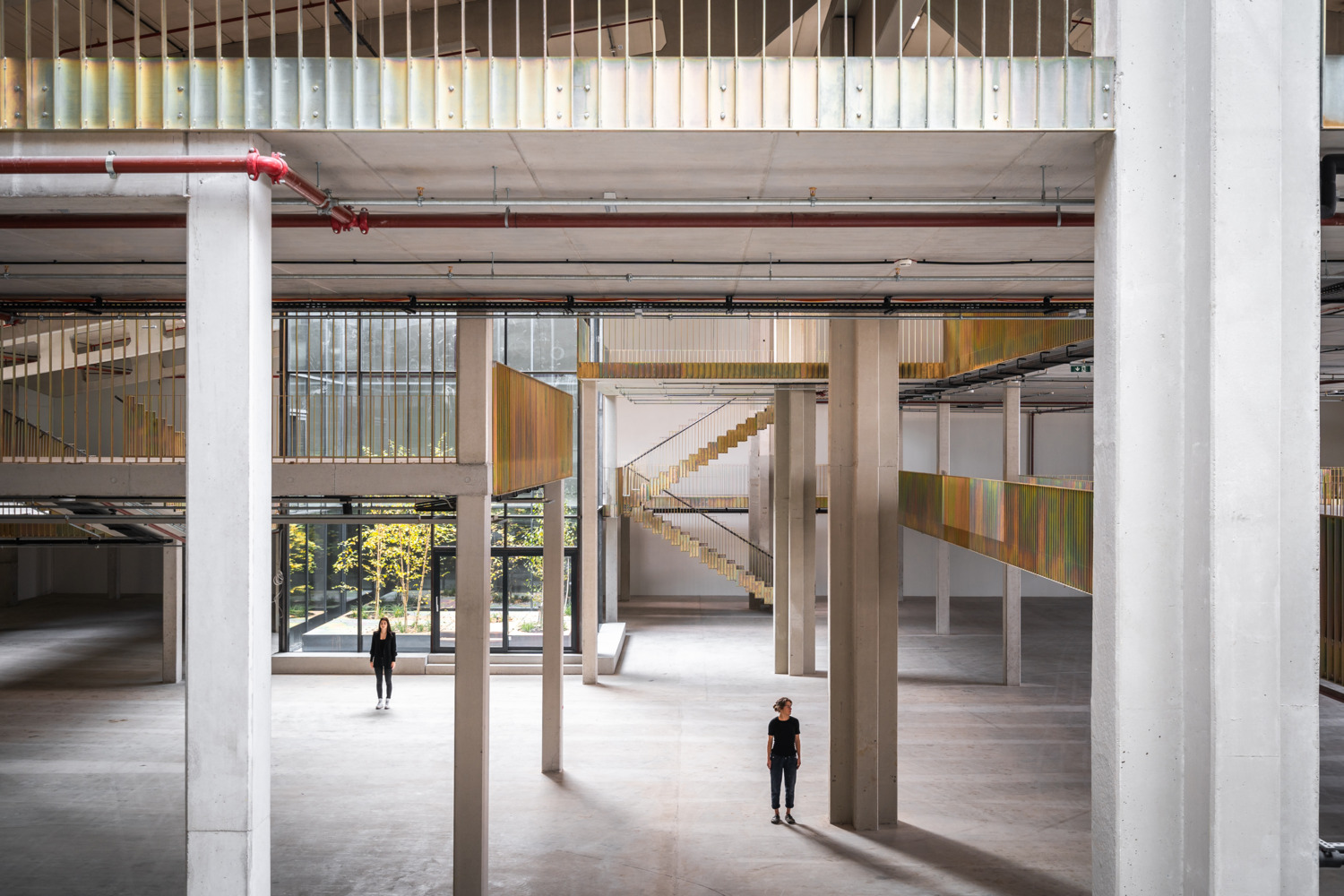 |
smartvoll-Handelszentrum 16
건물 폐기물 대신 기회의 공간: 빈 산업 창고를 자원 절약형 선구적인 프로젝트로 탈바꿈시킨 방법
그림 같은 잘츠부르크 풍경 한가운데, 잘츠부르크 시내와 플레인베르크 언덕으로만 분리되어 있는 베르그하임 마을이 있습니다. 1970년대에 외곽에 산업 지역이 조성되었습니다. 오스트리아 전역에 비슷한 형태로 존재하는 이 공업 지역에는 우편 주문 회사 “Universal Versand”도 사업을 시작했습니다. 사업은 잘되었고, 처음에 지어진 창고와 관리 건물은 곧 더 이상 충분하지 않았습니다. 1980년대 말까지 콘크리트 건물은 지속적으로 확장, 개조, 재건축을 거듭했습니다. 오늘날 이 대기업은 하역장, 하이랙 창고, 보관 건물 및 수많은 작은 확장 건물로 구성되어 있으며 총 30,000m²의 가용 공간을 확보하고 있습니다.translate by DeepL


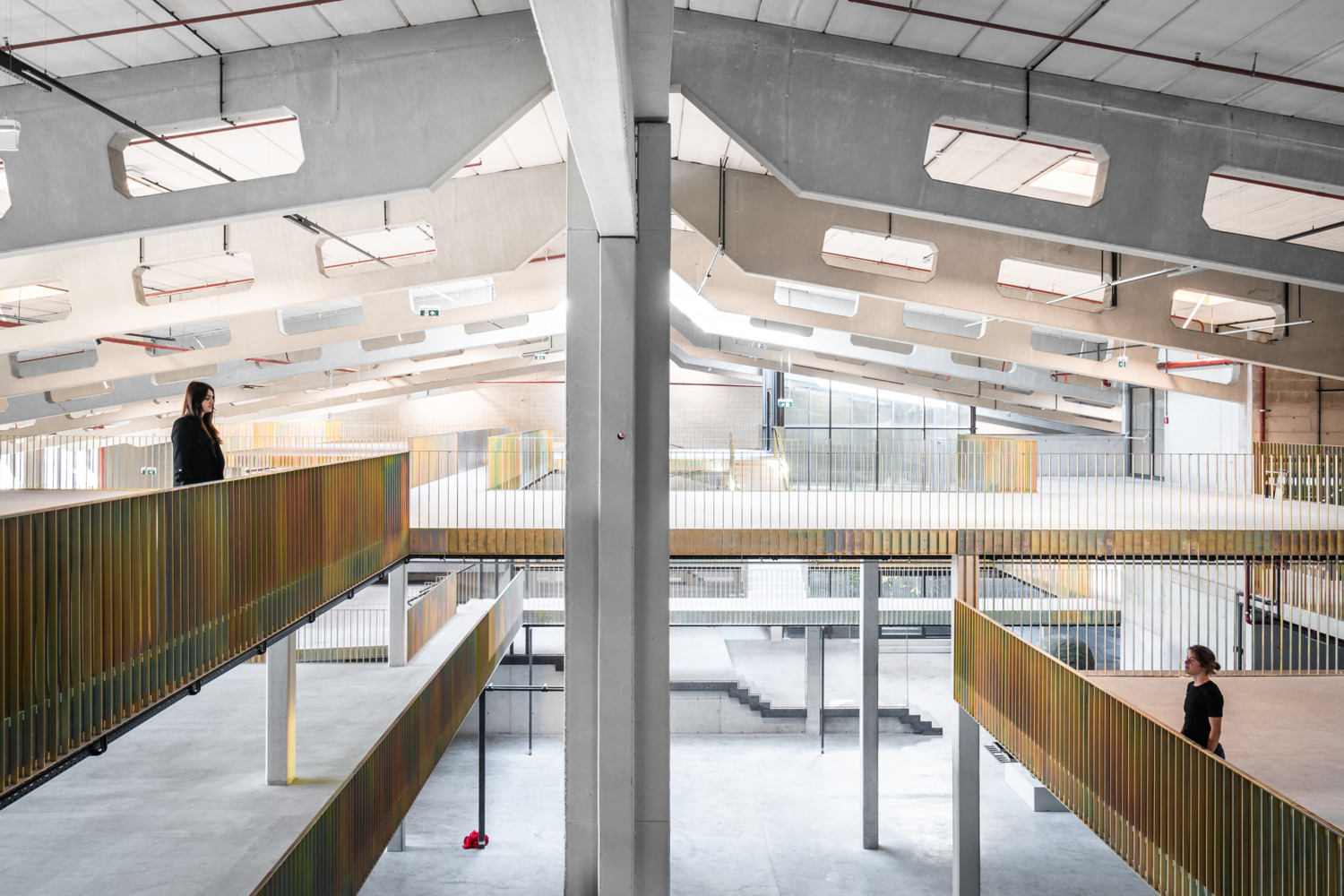

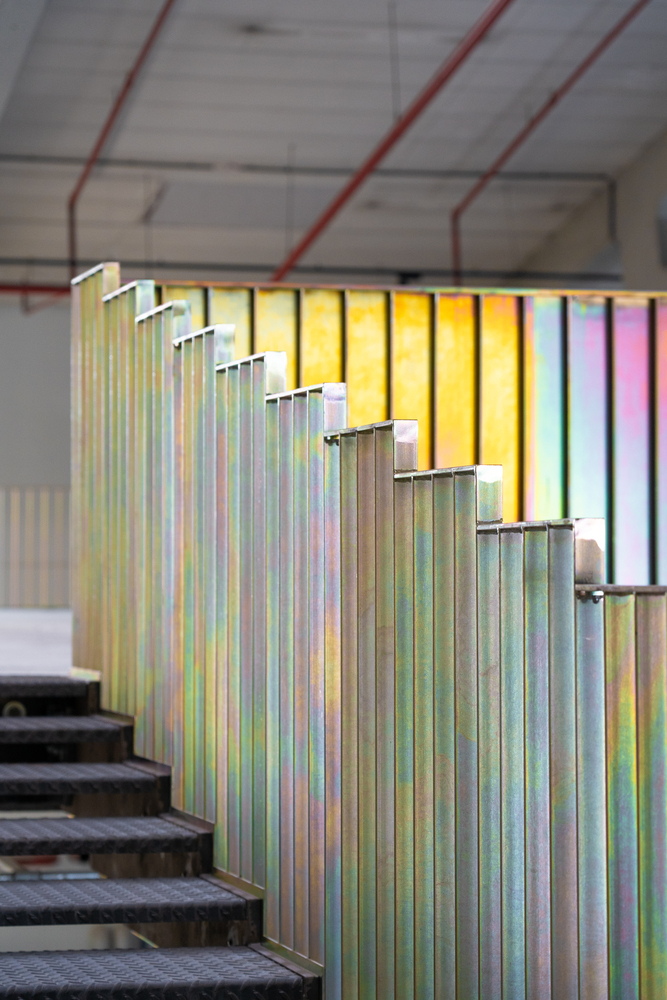
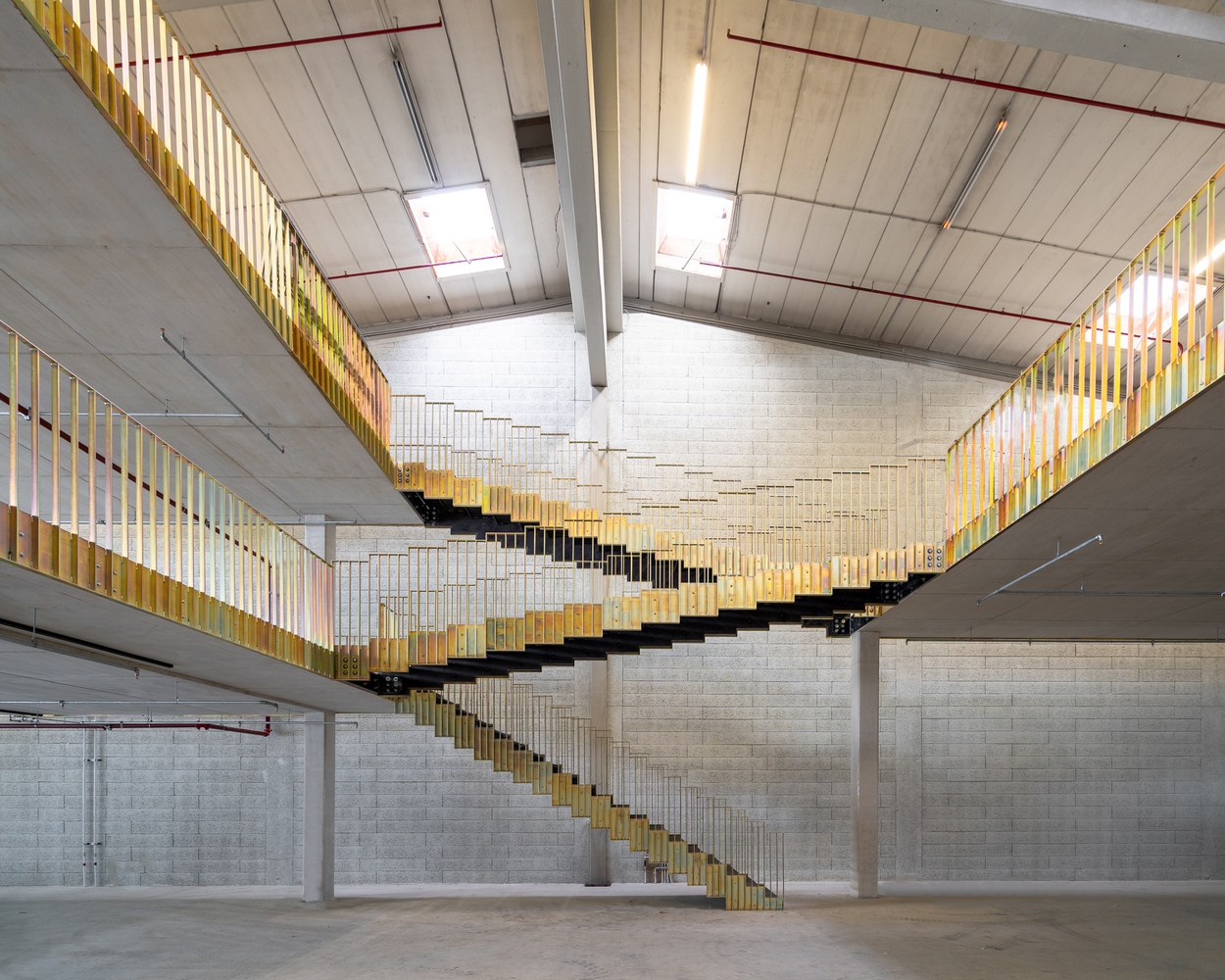
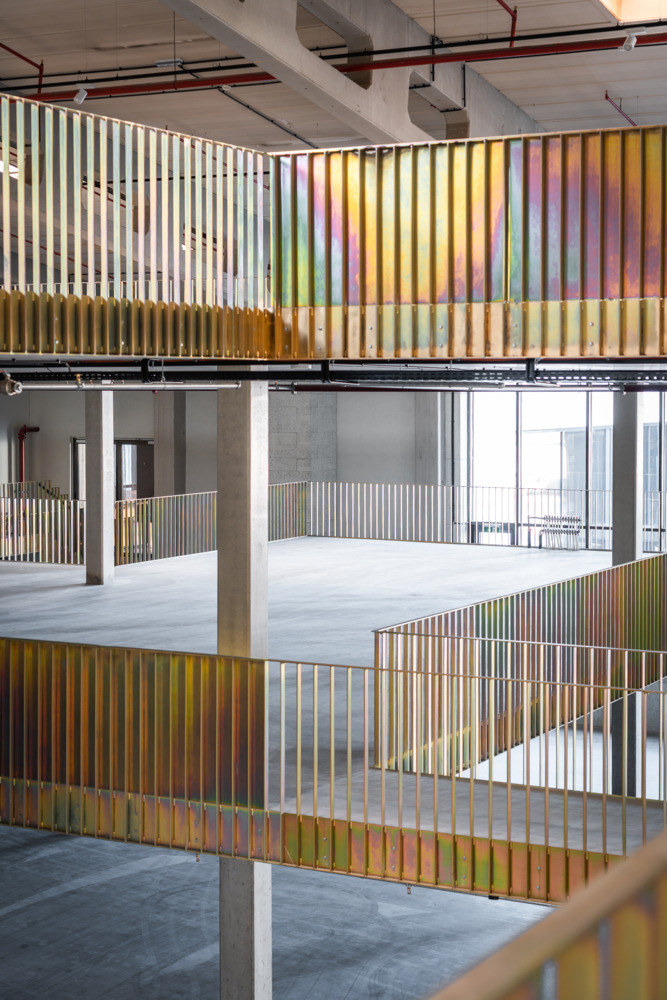





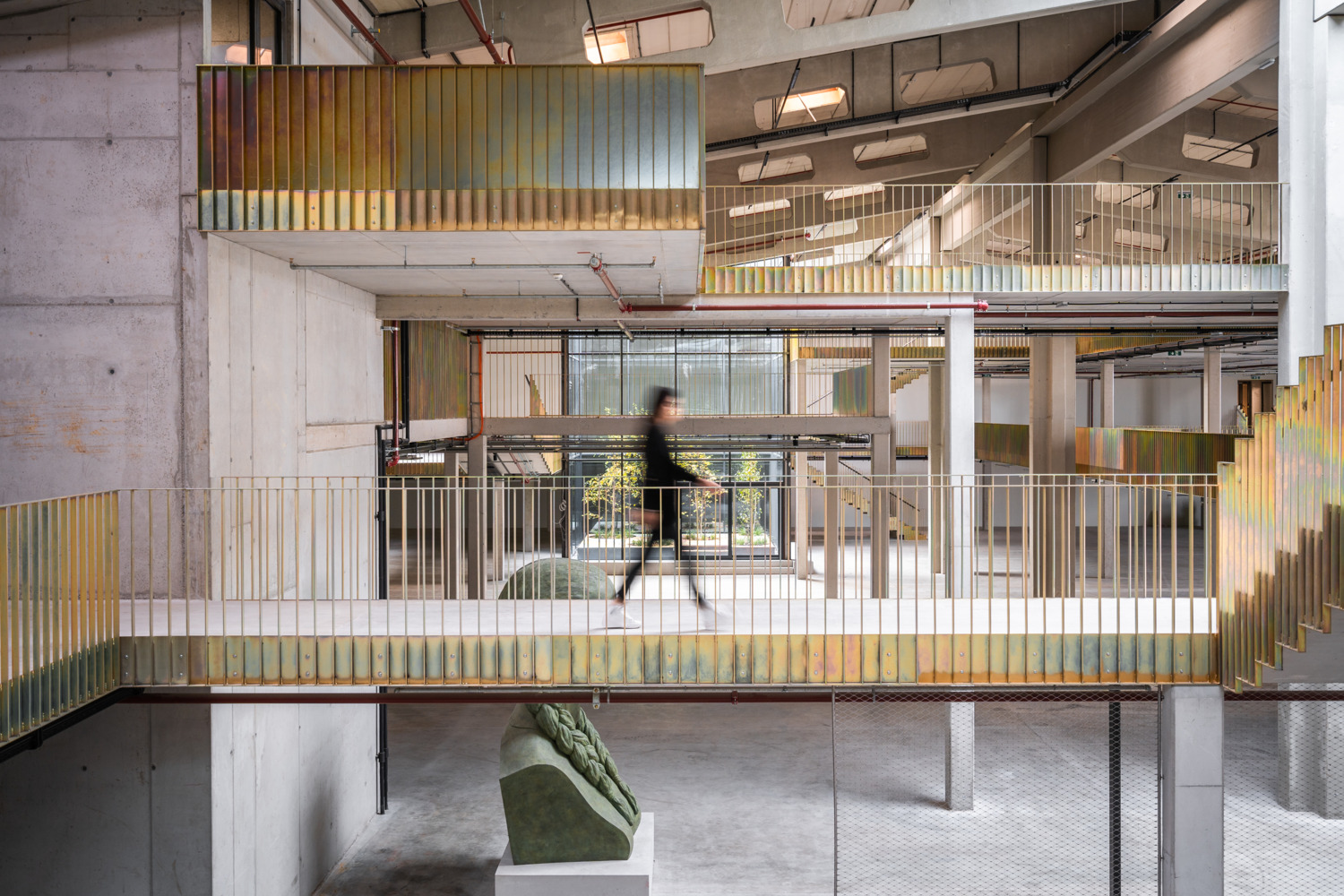


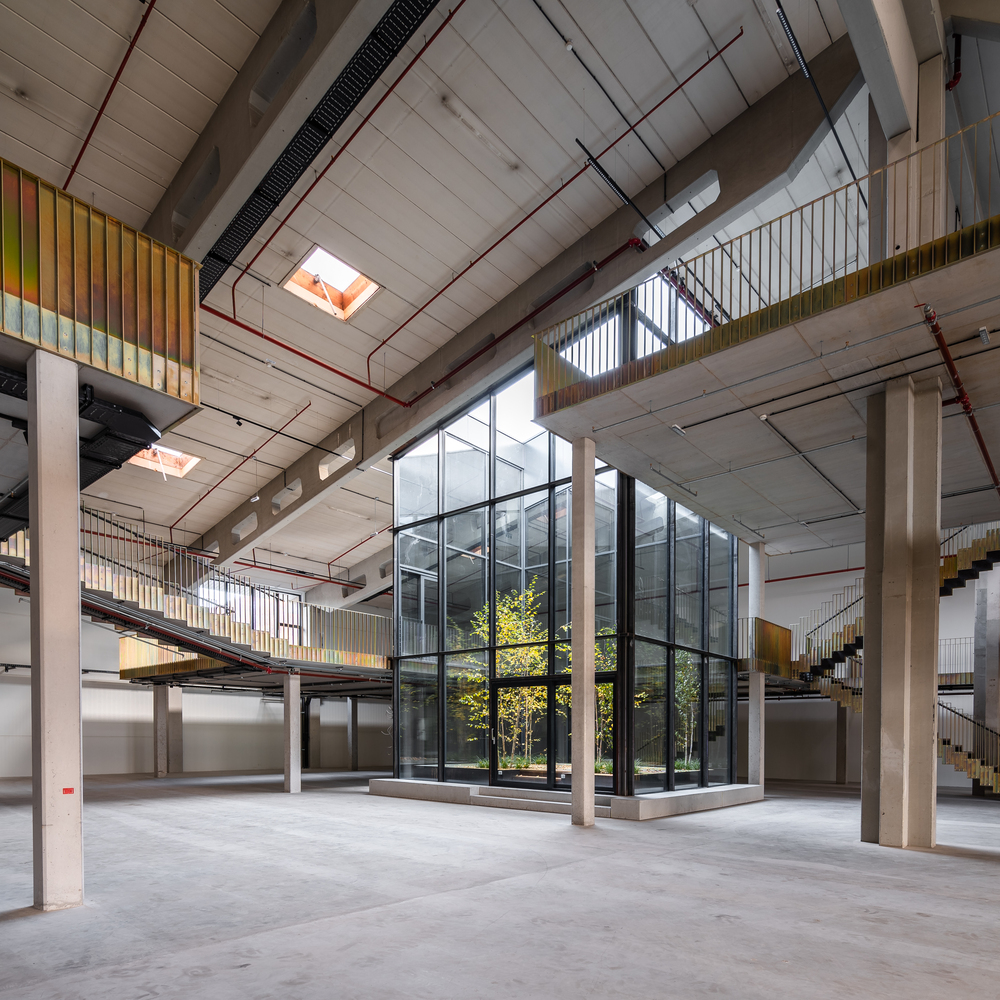
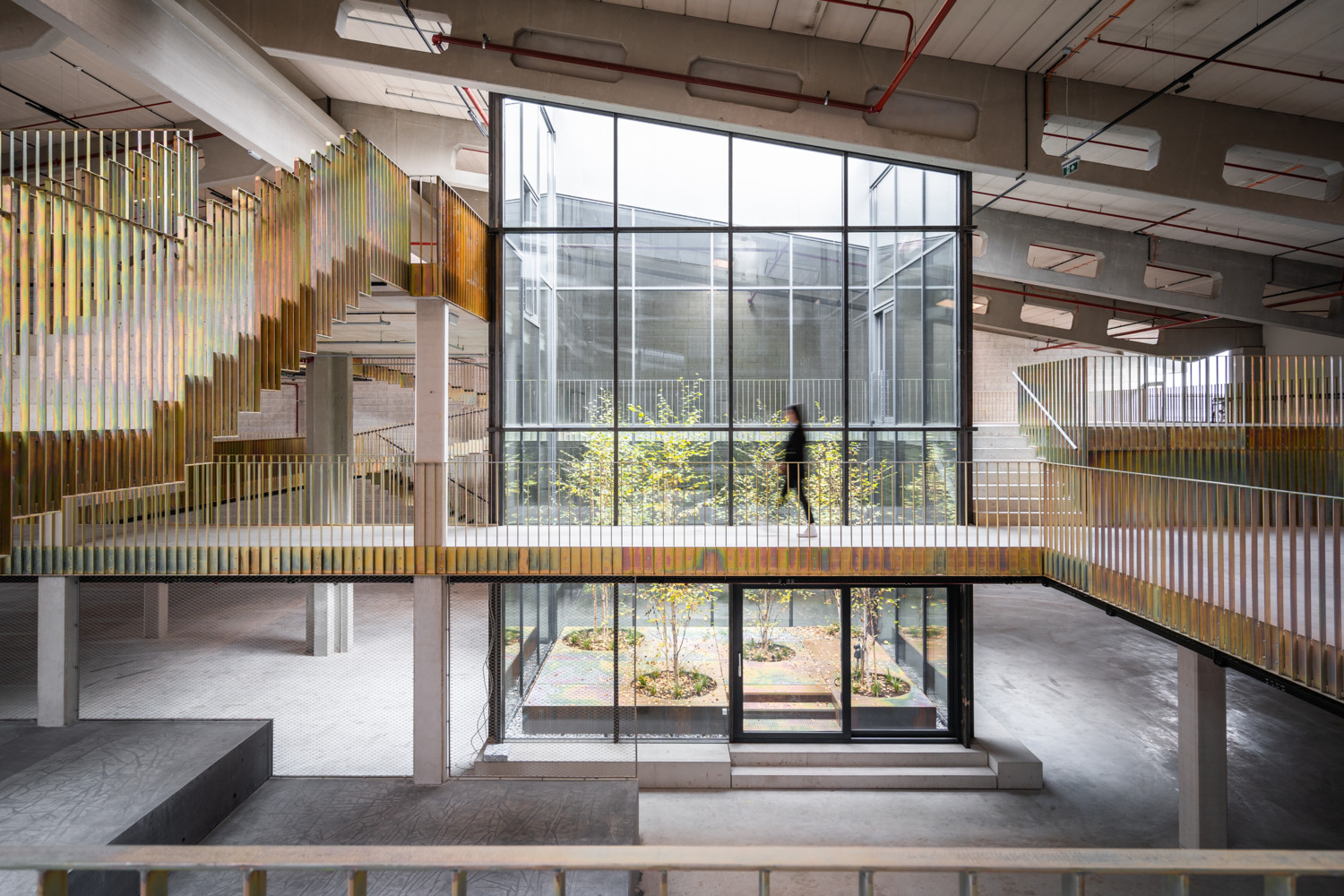



Opportunity space instead of building waste: How empty industrial warehouses are turned into a resource saving pioneering project
In the middle of the picturesque Salzburg landscape, separated from the city of Salzburg only by the hill of Plainberg, lays the village of Bergheim. In the 1970s an industrial area was created on its outskirts. In this industrial zone, which exists in a similar form everywhere in Austria, the mail order company “Universal Versand” also set up its operation. Business was good, and the warehouse and administration building that had been built at the beginning were soon no longer enough. Until the end of the 1980s, the concrete building was continuously expanded, adapted, and reconstructed. Tightly packed and fully built, nowadays the conglomerate consists of a loading yard, a high-rack warehouse, a storage building, and countless smaller extensions, and has a total of 30,000m² of usable space.
In the following decades, increasing globalization and the emergence of online shopping platforms revolutionized the mail-order business. As a result, the “Universal Versand” warehouses were no longer needed. But what to do with dark hangars that were designed as a warehouse for pallets and not as a place for people?
For the client Marco Sillaber and smartvoll Architekten, one thing was certain - don't demolish, reuse wisely, and turn the disadvantages of the existing building into advantages. In previous adaptive reuse projects, such as the Panzerhalle in Salzburg, the client, and architects have already proven that it pays to preserve what already exists.
To reanimate the halls, the use must change. Empty warehouses come to life as manufacturing companies, offices, and restaurants move in. For the area to work, the selection and right combination of both tenants and users is essential. If the site is to become more attractive, it needs more than just a maximum of rentable space. Diversity in terms of space and content forms the basis of a successful revitalization. If one project develops enough gravity, others will follow its lead, ensuring a more spacious and sustainable development of an area.
Once the halls have been emptied, their full potential is revealed. Enormous room heights, raw materials, and large column grids become visible. Compared to a classic office building, these parameters create incredible flexibility for use - and great scope for exciting architecture. The depths of the hall combined with small façade areas create a difficult lighting situation, which is responded to with minimally invasive architectural interventions. Generous atriums cut into the existing roof bring daylight and a real outdoor space into the center of the warehouse.
from archdaily